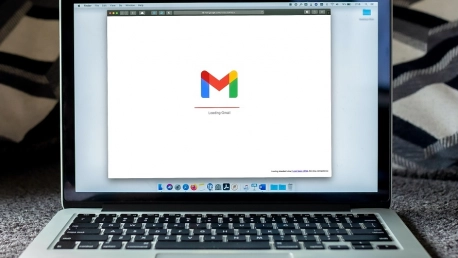With a new geopolitical crisis plaguing Europe and the world, combined with the COVID-19 pandemic still claiming lives, it comes as no surprise that people in the US and abroad want to return to normal. In fact, according to the Global Crisis Response Group (GCRG), Russia’s invasion of Ukraine is putting a three-dimensional critical situation in motion—causing a disruption in the global food, energy, and finance spheres. This crisis does not only affect the global economy, but like the pandemic, it also disrupts the daily habits of people everywhere—from work and social activities, to shopping habits.
According to numerous studies, crises are known to affect people’s enthusiasm to buy necessary goods and non-necessary goods. People everywhere crave security in establishing their daily habits, and uncertainty about the future is a known disruptive factor to healthy lifestyles. Moreover, rising levels of anxiety and depression are also affecting the need and the willingness to spend money on different products. Marketers cannot change the geopolitical situation in 2022, but they can adapt their strategies to fit the current context. One of the ways to do this, is by using email marketing to connect with audiences.
Why email marketing is important
Unlike social media marketing strategies and other similar techniques—like using influencers to reach a wider audience—email marketing is a cost-effective strategy that allows marketers to reach an estimated audience with a known cost. This makes the humble newsletter a great tool for marketers everywhere, and even more so in these tumultuous times. While they are not innovative tools, newsletters can drive sales, help brands engage with their customers, and even attract them to a suggested lifestyle. Moreover, it has been demonstrated that newsletters are effective tools for engaging audiences, converting paid subscribers, and retaining readers.
However, maybe the most important aspect marketers should consider when it comes to email marketing is the fact that this is a traditional strategy—one that both customers and marketers are already well-accustomed to. Unlike newer strategies, like AI or VR-powered platforms, newsletters have been used consistently since 1704, when The Boston News-Letter first appeared. This makes email marketing not only one of the oldest marketing strategies, but also one bound to inspire consistency and a feeling of security among users. With people everywhere now going through yet another global crisis, and worries about a new war on the rise, traditional strategies are recommended to create a sense of normalcy.
How email marketing works
Although it has been around since the 18th century, and its origins are much older than the Internet, the humble newsletter has grown and evolved over the years. However, like most marketing strategies now available, email marketing should be adapted to fit the ever-changing digital world of 2022, and beyond. This means that newsletters should be compatible with multiple devices, but also that they should feature a modern layout with attractive visuals.
Furthermore, research shows that consumers now value authenticity more than ever, with most customers (90%) saying it is important when deciding which brands they favor and support. This means marketers should not only make newsletters unique, but they also have to create content that is consistently authentic. While most marketers think they do just that, with 92% saying that most or all of their content resonates as authentic, consumers seem to disagree. In fact, 51% of consumers report that less than half of brands actually create content that feels authentic. However, marketers can now study both customer preferences and evolving brand identity to create engaging newsletters that tick all the boxes.
Creating better newsletters
Boosting authenticity is just one of the ways to create better newsletters. According to another study, most Americans (61%) think that diversity in advertising is also important. Thirty-eight percent of those questioned during the survey said they are more likely to trust brands that show more diversity in their ads—a preference also applicable to newsletters. People tend to boycott a brand that lacks authentic content, at least temporarily, and they also tend to avoid brands that fail to represent their identity in its marketing campaigns.
Email marketing will remain a valuable marketing tool. However, marketers should not take this for granted. To leverage this powerful resource, marketers must focus on the research and create authentic content that drives diversity and inclusion.









